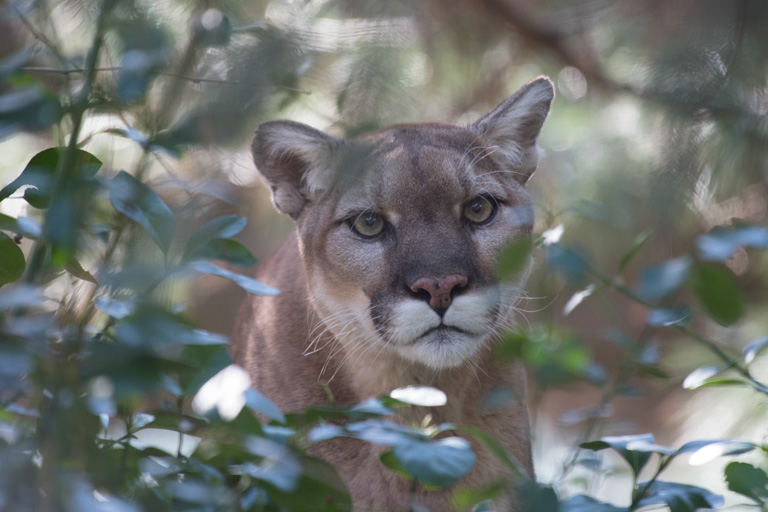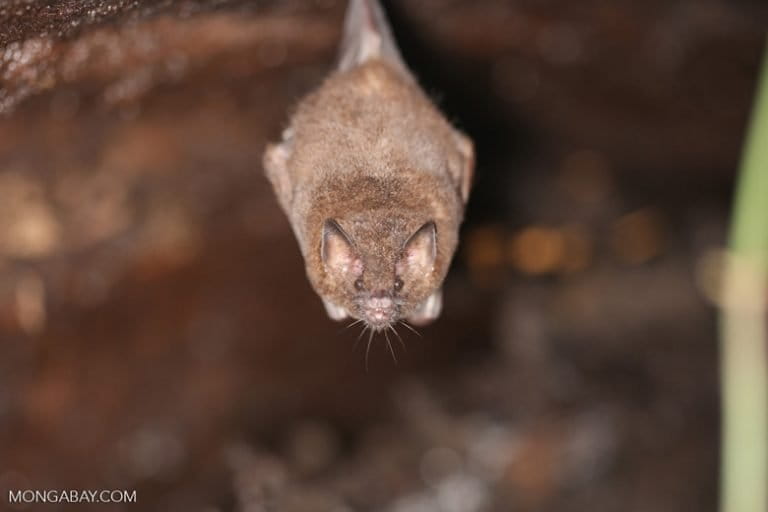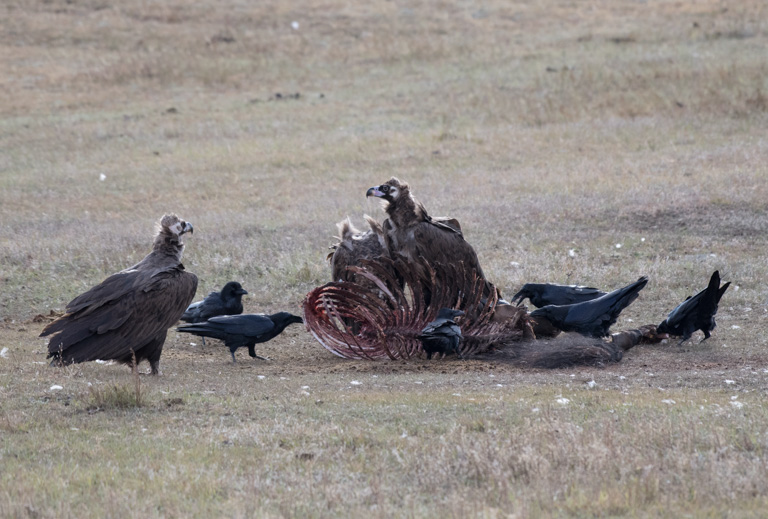- Predators are typically better known for harassing pets and livestock or being the source of disease than they are for the valuable — and often less visible — services they provide.
- A review published in the journal Nature Ecology and Evolution catalogs benefits provided by predators to humans documented in the scientific literature.
- Authors of the review highlighted instances that ranged from the potential for mountain lions to cut down deer-vehicle collisions, bats that save corn farmers at least $1 billion annually, and vultures that clear away tons of organic waste.
Predators help humans far more than they’re given credit for, despite the antagonistic nature of the relationship, according to a review of studies.
“While predators and scavengers are a large source of conflict, such as big cats in Africa and Asia or dingoes in Australia, there are many examples where they may provide benefits to humans,” Christopher O’Bryan, an ecologist at the University of Queensland in Australia, said in a statement. “Our paper identifies studies that have shown these benefits across a broad spectrum.”

Predators are typically better known for harassing pets and livestock, or being a source of disease, than they are for the valuable — and often less visible — services they provide. But predator numbers are down around the world: Leopards are found in less than a quarter of their historical range, for example, and most vulture species numbers are sliding too. Those types of trends have scientists worried that we might not understand predators’ importance before it’s too late.
So O’Bryan and his colleagues combed the scientific literature, searching for information about how these animals impact our lives. Their review uncovered many examples of documented benefits from predators, “from mountain lions reducing deer-vehicle collisions and bats saving corn farmers billions per year by reducing crop pests, to vultures savings millions in livestock carcass removal,” O’Bryan said.
The research was published in the journal Nature Ecology and Evolution on Jan. 18.

One study they found predicts that if cougars moved back into territory where they once roamed in the eastern United States, their impact on swollen deer populations over the next three decades would slash car wrecks caused by deer by 22 percent, saving $2.13 billion and 155 lives in the process.
In 2014, scientists calculated that bats save corn farmers more than $1 billion each year, thanks to their control of insect pests. And research on vultures in Yemen revealed that they cleared away more than 22 percent of one town’s organic refuse.
But those benefits might disappear along with predators and scavengers if they’re not protected, scientists say.
“We must understand that if we lose these animals, humanity loses,” coauthor James Watson, a conservation scientist at the University of Queensland and WCS, said in the statement.

Now, scientists need to take the research further in the effort to shore up our grasp of these connections with human health, safety and economics, the team said.
“The more we understand the benefits these species provide,” Watson said, “the better we can identify those situations that lead to win-win’s for both species and societies, an outcome that could enhance the protection of … Earth’s imperiled species.”
CITATIONS
Gangoso, L., Agudo, R., Anadón, J. D., de la Riva, M., Suleyman, A. S., Porter, R., & Donázar, J. A. (2013). Reinventing mutualism between humans and wild fauna: insights from vultures as ecosystem services providers. Conservation Letters, 6(3), 172-179.
Gilbert, S. L., Sivy, K. J., Pozzanghera, C. B., DuBour, A., Overduijn, K., Smith, M. M., … & Prugh, L. R. (2017). Socioeconomic Benefits of Large Carnivore Recolonization Through Reduced Wildlife‐Vehicle Collisions. Conservation Letters, 10(4), 431-439.
Maine, J. J., & Boyles, J. G. (2015). Bats initiate vital agroecological interactions in corn. Proceedings of the National Academy of Sciences, 112(40), 12438-12443.
O’Bryan, C. J., Braczkowski, A. R., Beyer, H. L., Carter, N. H., Watson, J. E., & McDonald-Madden, E. (2018). The contribution of predators and scavengers to human well-being. Nature Ecology & Evolution, 1.
Banner image of a leopard in Tanzania by John C. Cannon.
FEEDBACK: Use this form to send a message to the author of this post. If you want to post a public comment, you can do that at the bottom of the page.
